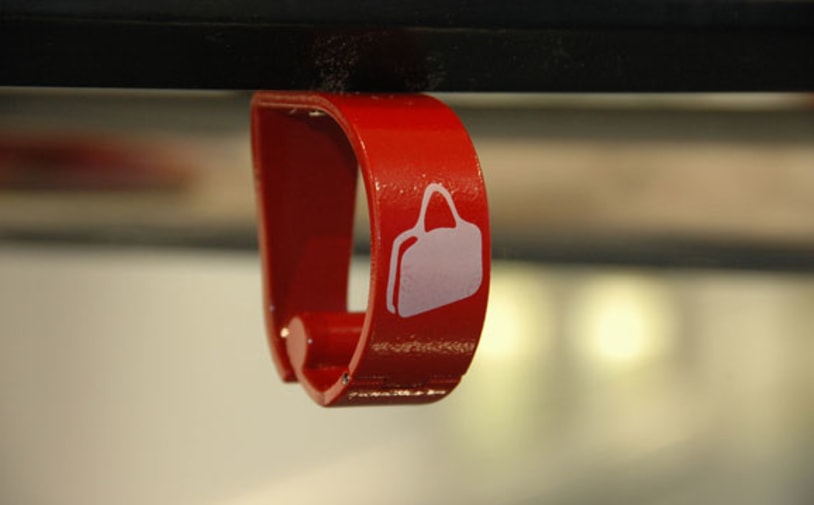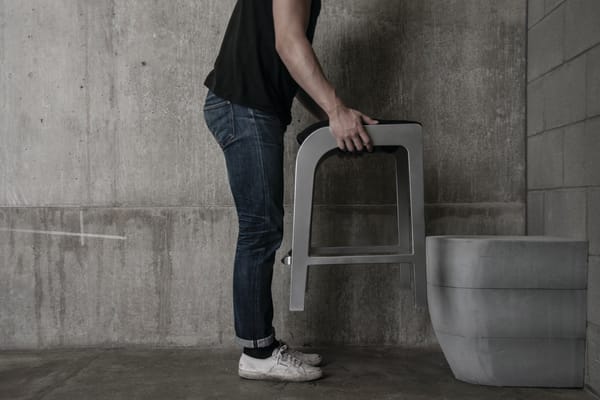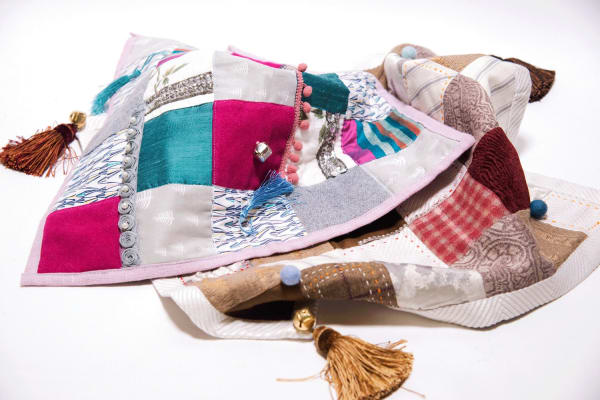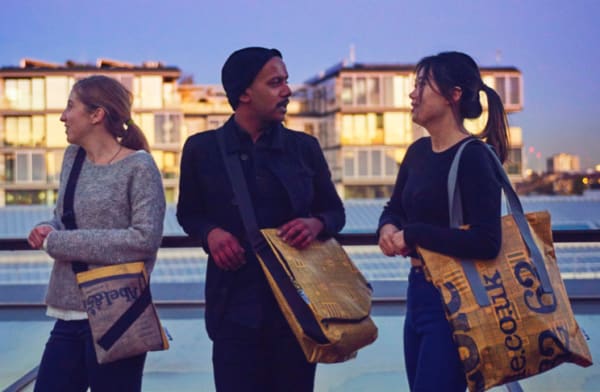At the core of the Design Against Crime Research Lab's activity is research that serves the public and our communities. Their main focus is “socially responsive design and innovation”: its primary driver is social issues, its main consideration is social impact, and its main objective is social change. Overall, their approach embraces action research, user-centred and participatory design methods, as well as diverse ethnographic approaches.
They deliver design against crime responses that are recognised as impactful benchmarks. These address everything from personal security and theft to youth violence, public safety and social wellbeing.
Their design work is delivered without compromising the look and functionality of objects or service provision. They use engagement processes that are connected to strong partnerships through an “open innovation” approach, as well as a rigorous design and crime methodology. Ultimately, the team believes that their designs should involve communities in the design process, be user-friendly and abuser-unfriendly, and also to serve communities, as well as business, commercial and public service providers and policymakers.
They have created numerous design platforms to do this and to enable collaboration between communities, UAL courses and students on projects that address diverse social challenges, specifically as part of our Public Collaboration Lab.
Mission statement
The Design Against Crime Research Lab uses socially responsive design to:
- Reduce the negative consequences of criminogenic affordances (i.e. likely to cause criminal behaviour or serve criminal goals) of products, services, environments and communications and instead design affordances that discourage crime but are ‘fit for purpose’ and contextually appropriate.
- Equip designers and educators to understand ‘environmental complicity’ with crime - so that design linked to the built environment actively discourages crime and promotes the increased wellbeing of individuals. This way what we want more of can flourish helping to construct sustainable communities.
- Clearly demonstrate why ‘secure design does not have to look criminal’ or compromise on look and feel, by using practice-led user-centred design and social innovation benchmarks aimed at public, semi-public and private space.
- Share design against crime thinking, methods, tools, design processes and best practice with key stakeholders, dutyholders, policymakers and partners in the UK and internationally.
- Equip designers and educators with the cognitive and practical tools and resources to design against crime and help democratise innovation by introducing participatory and open innovation design methods when collaborating with stakeholders and dutyholders.
- Prove and promote the many social and commercial benefits of designing against crime to communities, manufacturing and service industries, as well as those concerned with the ‘social economy’.
- Transfer our effective practices and our methodology, which have a strong evidence base of success, to other social/policy issues by design - health, ageing, climate change, social justice and incarceration issues.
Ultimately, they acknowledge that the causes of crime are complex and that to be useful, design responses will usually need to address multiple drivers, often those beyond crime incidents.
Reflecting this, the team operates across a variety of platforms in encouraging communities, design students and PhD researchers to address these issues. This often happens via our Public Collaboration Lab (PCL) and the diverse projects it has generated, and collaborative engagement with UAL’s Social Design Institute.
Projects
-

Logo of Redesign Youth Futures
Youth Violence
Redesigning the future of young lives through new perspectives on youth violence.
-
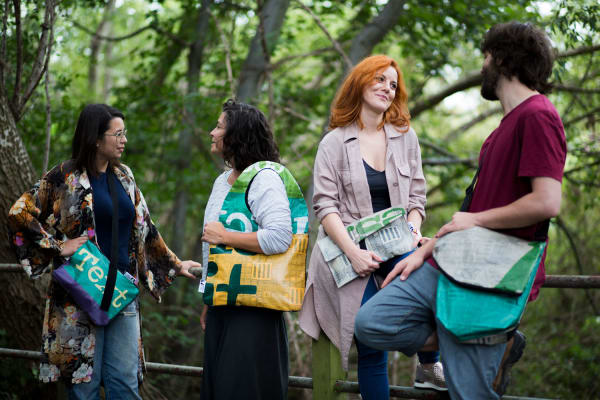
Makeright bags designed and made by prison inmates through an initiative run by Design Against Crime. Photo: DACRC
Makeright
Design Against Crime takes design-thinking into Thameside prison to develop resilience and empathy among inmates and create a collection of anti-theft bags in the process.
-
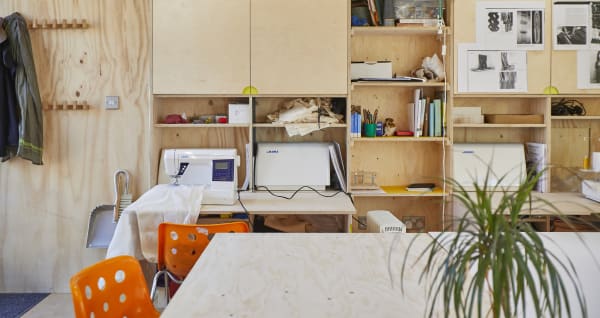
Paul Cochrane,
MAKE @ Story Garden
A public space for creative collaboration and social innovation.
-
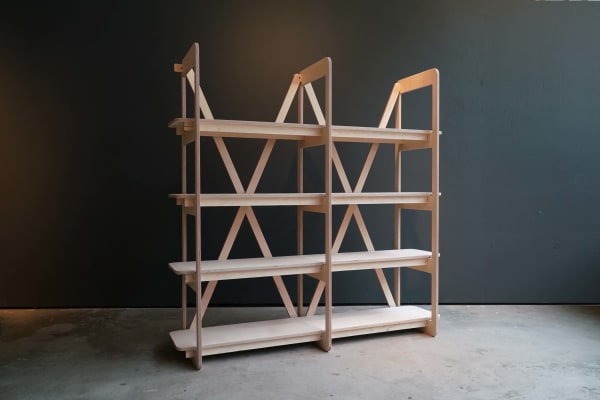
Overcrowded Housing Project. Photo: Liliya Galabova, Barbara Guoth, Elora Pierre, Zoe Kahane, Giorgia Rossi, Yin Wang
Public Collaboration Lab
The Public Collaboration Lab brings local residents, community groups and local government officers together with UAL students to develop new insights and product and service concepts.
-
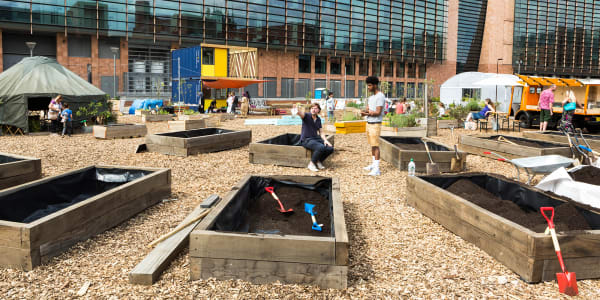
T-Factor, Photographed by Adam Razvi.
T-Factor
Prototyping participatory urban futures to demonstrate how culture, creative collaboration and wide engagement can unleash vibrant urban hubs of inclusive urban (re)generation, social innovation and enterprise.
-
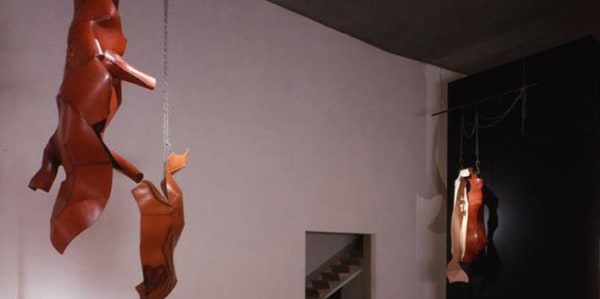
Image courtesy of UAL
Cell Furniture
Responding to the urgent need to improve safety in UK prisons, a collaborative and multi-stakeholder engagement process was undertaken with prison staff, prisoners and designers to innovate current cell furniture designs.
Completed projects
- Bike Off! - Exploring how the design of objects and environments related to cycling can reduce the likelihood of theft while promoting cycling, with its many health and environmental benefits.
- Karrysafe - A bag and accessory range to help users adopt a ‘stealth’ approach to carrying their belongings safely and securely, including under clothes, without the designs looking ugly or ‘criminal’.
- Grippa - Researching and investigating the effectiveness of the Chelsea Clip anti-theft device which fits beneath tables in bars so that it is easy for users to hang their bag.
- In the Bag - An online research platform that equips designers, students and those wanting to use design to address issues of crime by making key information readily accessible, visually understandable and engaging.
- Stop Thief - Generating new anti-theft bag designs as a response to continual student experiences of bag theft in public spaces such as cafes and bars. funded by the Home Office
And many others; Anti-stalking Initiative, Anti-Burglary Project, Design for Use, Misuses and Abuse and Safer Cities.
Core Team
- Professor Lorraine Gamman, Director
- Professor Adam Thorpe, Co-Director
- Marcus Willcocks, Research Fellow
- Judah Armani, Research Fellow
- Prof Paul Ekblom, Emeritus Professor
- Zoe Kahane, Designer
- Jeffrey Doruff, Designer
- Chloe Griffith, Centre Manager
- Mary Ashcroft, Centre Administrator
- Chryssi Tzanetou, Development Manager
PhD students
- Alaistair Steele - Through the hole in the wall: the ATM as a tool of users or criminals in digital/public space
- Bahbak Hashemi - Becoming strangers: defamiliarisation as critical research method in participatory design
- Carlotta Allum - Grasping the soul: a practice-led investigation of storytelling, design and crime
- Lucy Russell - WHAT I SEE I OWN? Can fashion/media body images via the process of drawing be re-appropriated to positive effect as part of the creation of a social innovation design tool that can be accessed or shared with groups to question negative body image/s and to build well-being and “body confidence”?
- Rosie Wallin - Sustainable heritage and innovation for future luxury
- Katrin Ho - Fostering discursive civility by creating hybrid artefacts
Past PhD students
- Joana Casaca Lemos - Communication design for sustainability: exploring the role of communication design in catalyzing engagement and participation
- Roxanne Leitao - Intimate partner abuse, technology, and cyber-aggression: co-designing support around issues of cyber-security and privacy
Get in touch
Contact
Central Saint Martins
University of the Arts London
1 Granary Square
London
N1C 4AA

